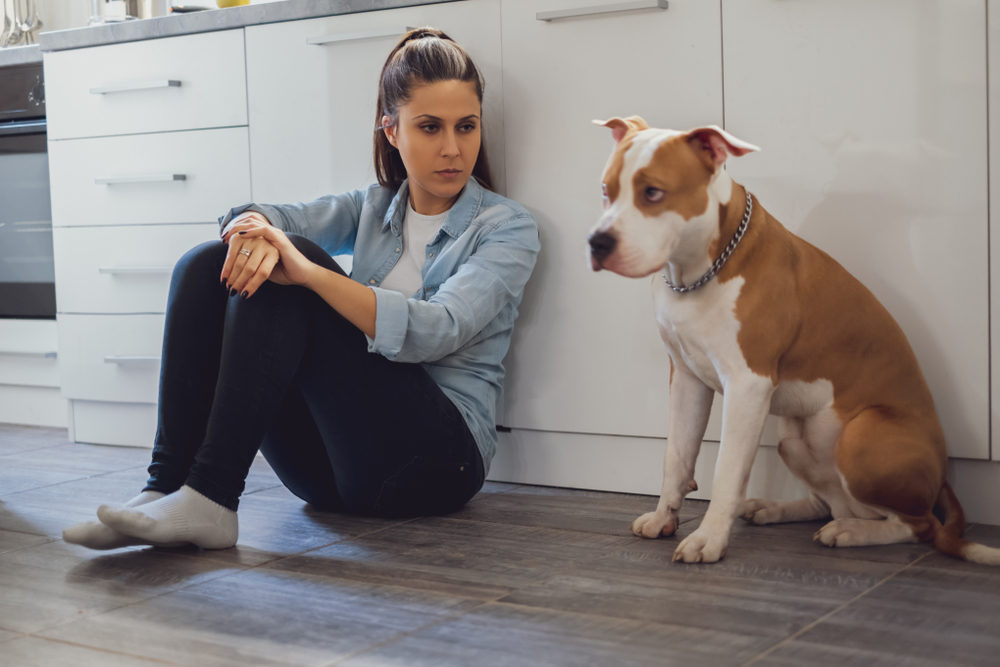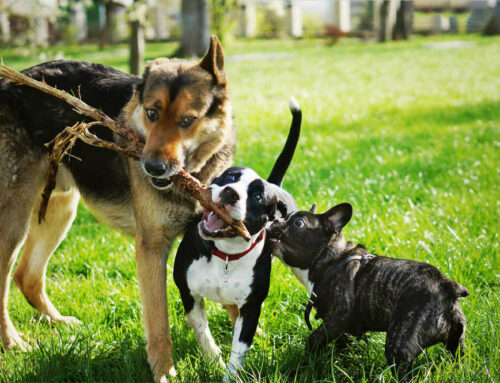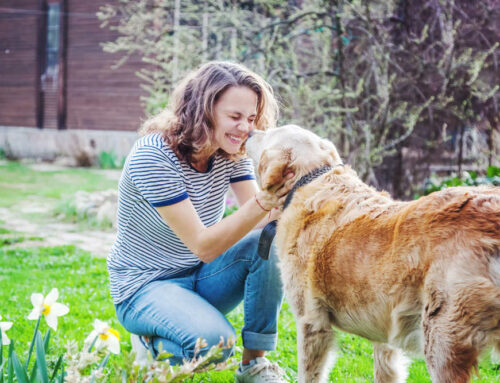Have a new puppy? These beautiful animals are the source of our joy—until they stay biting everything. While all dogs bite and chew, it’s essential to teach bite inhibition and halt puppy biting before it gets out of hand. While tiny puppy bites may be cute and funny at the moment, it can become dangerous once they grow up. That’s why it’s vital to take action as soon as possible. In today’s blog, we will be going over how to teach bite inhibition to your puppy.
The Importance of Teaching Bite Inhibition to Your Puppy
One of the most important behaviors for a puppy to develop during its socialization period is bite inhibition. Also known as jaw control, bite inhibition is basically the ability for a dog to control the pressure it applies to its powerful jaw muscles. Remember, it’s normal for a dog to bite in certain situations, and is highly unlikely for a dog not to ever bite a person or other dog throughout its life. This can be either playfully, defensively—or in rare cases, offensively. Regardless of the reason, a dog with low bite inhibition skills presents a high risk of injuring people or other dogs. Injuries from dog bites can vary from surface bruising to deep wounds that require immediate medical care.
Why Do Some Dogs Bite Hard?
Dogs can exhibit amazing control over their jaw muscles when they develop good socialization skills with both dogs and humans. We have all seen dogs that can take a treat for a child’s hand like a touch of a feather, while others seem to chop their jaws shut like a bear trap in every situation, no matter how much you try to teach them otherwise. So what’s the difference between these two dogs? The difference is whether or not they got feedback on their bite pressure during the critical socialization period during puppyhood. Feedback on their behavior should come from both humans and dogs, from puppyhood to adolescence.
Why are Dog-to-Dog Interactions Important for Bite Inhibition?
Dog-to-dog interactions play a huge role with your puppy’s ability to control its jaw pressure. Puppies will yelp and withdraw from a game if their playmate bites them too hard. This is a natural process when it comes to puppy play. With repetition, the puppy that bites too hard will learn that his lack of control will cause his playmate to get mad or stop playing—and of course, puppies don’t want to stop playing! All pups will learn this naturally while interacting with other dogs.
How to Teach Bite Inhibition to Your Puppy
You, too, play a major role in the biting behavior of your dog. Biting feedback with human interactions is just as important as feedback from dogs. Puppies continuously biting and mouthing people, clothing, or furniture is a common complaint from frustrated dog owners. In order to stop this behavior, people should give their dog a harmless but effective consequence—just like they would get from another dog.
Effective techniques include a loud and exclamatory “hey!”, “ouch!”, or other exclamatory sound, immediately followed by the withdrawal of play. Whatever exclamatory word you decide to go with, make sure it’s sharp and abrupt. You want it to catch your puppy’s attention. Do not use “singy-songy” sounds like “nooooo~” or “noooo biiiiting!~” Remember, you want to immediately stop the pup and refocus his/her attention.

Bite Inhibition Training with BCL Dog Training
In order to teach your puppy bite inhibition, you need to be highly consistent with your feedback. While it’s a long and involved process, it will be worth it! We hope this blog helped you get an idea of how to teach bite inhibition to your puppy. There’s a lot more that goes into this training, and the help of a professional can make the process faster and easier. If you’re frustrated with your puppy’s biting and destructive behavior, the dog training experts at BCL Dog Training can help! We have years of experience training puppies and adult dogs alike, so you can be sure that you’ll be seeing results! Ready to get started with your dog training session? Give us a call at (909) 763-1788, or click here to get in contact!




